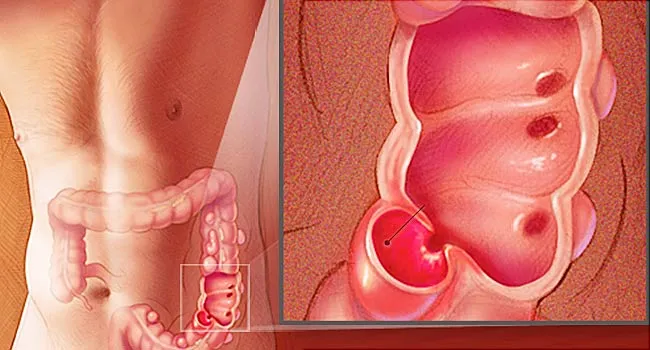

Symptoms can vary between individuals, but the most common are:ĭiagnosis is based on a history of symptoms in addition to some medical tests.

Most are unaware they have diverticulosis until it becomes infected and painful (diverticul itis). Diverticular disease refers to either condition. Diverticulosis is simply the presence of these small pockets. Summary: Diverticulitis occurs when small pockets in the lining of the colon become irritated and inflamed. Researchers suspect it to be a combination of numerous dietary habits, aging and genetic predisposition ( 4). The cause of this disease is complex and still poorly understood. Together, diverticulitis and diverticulosis are often referred to as diverticular disease. Fortunately, it only progresses to diverticulitis about 4% of the time ( 2, 3). The risk of diverticulosis increases as we grow older, to about 70% of people aged 80 and above. ‘Osis’ refers to a medical condition, while ‘itis’ typically refers to inflammation or infection. This means diverticulosis always occurs before diverticulitis. Diverticulitis vs Diverticulosisĭiverticul osis refers to having diverticula that have not yet become infected and painful. Even immediate surgery can be required to treat a severe case. This causes them to push outward and form a “pocket,” which is common in the lower part of the colon.ĭiverticulitis becomes extremely painful during a flare-up. These small pockets or sacs – called diverticula – are formed when the muscles of the colon become too weak in certain areas.


Is It Better to Follow a Low-Fiber or High-Fiber Diverticulitis Diet?.Treating Diverticulitis Flare-Ups and Using Antibiotics.


 0 kommentar(er)
0 kommentar(er)
